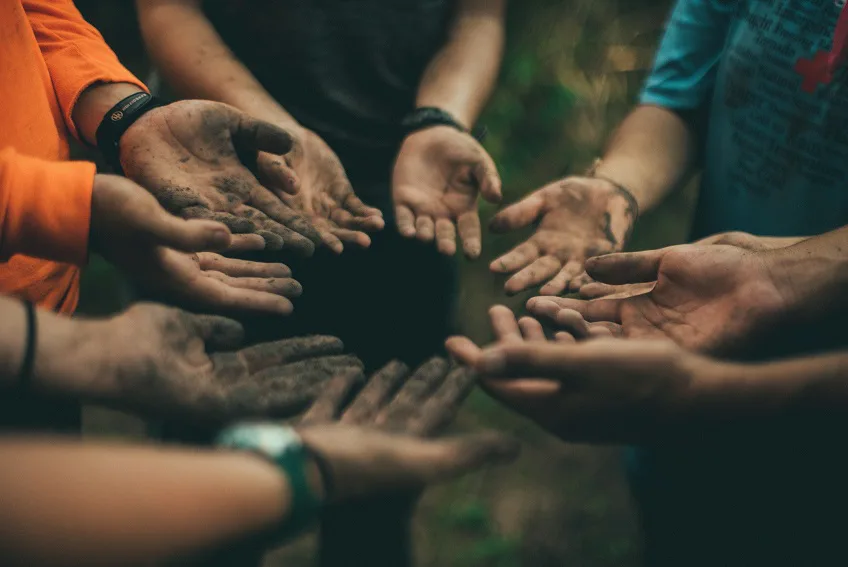A Community Forest on the Way to Recovery
After the recent mid-term exams, students had the opportunity to visit the Khnar Por Community Forest, located in the Khnar Por commune within the Sonikum district, Siem Reap province. Here students had the chance to interview members of the local community about their livelihood strategies and their efforts to protect and conserve their forest resources, as well as participate in reforestation with the community by planting trees.
Community Forestry is one type of Community-Based Natural Resources Management (CBNRM), a major approach to natural resources challenges. This Community Forest was established in 1997 and was recognized by the Ministry of Agriculture, Forestry, and Fisheries on 19 November 2007, with a total area of 1,022 hectares that provides ownership of and access to their own forest resources to the local community. There are now 1,076 families which used the forest resources in the community.
During the field visit, students interviewed the local community about the importance of community forestry, Non-Timber Forest Products (NTFP) collection, forest restoration and challenges in protection and conservation of forest resources. The students learned that this Community Forest is helping to support both the conservation of natural resources and the food security of forest-dependent people because the local community can collect wild fruits, mushrooms, vines, firewood, medicinal plants, honey, and rattan. Moreover, the community members have planted 600 saplings of Afzelia xylocarpa (Beng), Hopea odorata (KoKi) and Pterocarpus macrocapus (Thnorng) in the degraded area in the Community Forest. For other livelihood strategies, bamboo is being planted on three sites with a total area of three hectares: one plot for poles and furniture and two plots for house construction and bamboo shoots.
After they finished the interviews, the students had fun planting around 100 tree seedlings of Afzelia xylocarpa (Beng) in the degraded area in the Community Forest, improving the forest cover for new generations. This planting activity was very important for students to learn and practice forest conservation and protection.

All photos courtesy of Anna Chahuneau




Related Posts

Cinder Cone Chronicles: Lessons from Drought, Data, and Determination

Restoration on a Cinder Cone: A Syntropic Story
